
Advanced Program Design by Paul Chek
Description
Advanced Program Design (DVD edition)
Presented by Paul Chek
Manual, 7 DVDs and test
CECs and CEUs: CHEK Institute 20.0, Cooper Inst 20.0, ACE 1.5, NASM 1.0, NSCA 1.0, ISSA 16.0, ACSM 15.0, BCRPA 15.0, Canfitpro 4 PTS
Learn to design the world’s most effective corrective and performance exercise programs in this empowering course. Based upon Paul’s two-day seminar, Advanced Program Design will stretch your mind to reach beyond the usual components that make up an average program. You will learn:
Paul Chek’s “Primal Pattern® Movement” system for biomechanical assessment and exercise selection.
A comprehensive system for rating core conditioning requirements.
How to rate and prioritize bio-motor abilities.
How to periodize a program based on exercise and medical history.
Having covered these seldom considered, but critical aspects of program design, you will learn to build base and specific conditioning programs for everyone from the injured worker to elite athletes. This course is intended for the experienced exercise and rehabilitation professional with a serious desire to develop the best possible conditioning programs.
Frequently Asked Questions
What is the grade required to pass?
The passing grade for all correspondence courses is 80%. A Certificate of Completion with CECs and CEUs will be sent once you have successfully passed the test.
How long will it take to complete?
CHEK Institute recommendation – 20 hours
This is dependent on the person taking the course and the reasons they are taking it. Some people only needing Continuing Education Credits will watch the videos once through and successfully pass the test. Other people who are more interested in learning the information or are interested in taking it as a prerequisite for IMS Level 2 will sometimes watch the DVDs 2-3 times through. Given that there are over 8 hours of DVD in this course, it will take at least this long to complete. All this being said, we recommend that people spend 20 hours studying the course materials before taking the test.
Do I have to complete the Program Design course first?
Although it is highly recommended that you first complete Program Design before purchasing Advanced Program Design, there is no specific order one must follow when completing these courses. It is important to note however, that this course requires the purchaser to write two (2) complete exercise programs, one for an injured worker and one for a professional athlete, not only utilizing the principles learned in this course, but principles such as reps, sets, loads, tempos and rest periods taught in the Program Design Correspondence Course. Therefore we strongly recommend that Program Design is completed prior to Advanced Program Design to help ensure a passing score on the test.
What are the major differences in Program Design and Advanced Program Design?
Program Design focuses on the specifics of exercises variables (i.e. reps, rest periods, tempos, sets) whereas Advanced Program Design concentrates on how creating an entire exercise program based on an individual’s needs and goals. Program Design is about using scientifically applied variables to fine tune exercises and Advanced Program Design focuses on using scientifically applied principles to create and modify entire exercise programs.
Will the DVDs play in DVD players outside North America?
The CHEK Institute DVDs are formatted for Region 0, which means they will likely play in all DVD players regardless of country of origin, unless the player is an older model, which is generally considered to be more than five years old. If you have an older player, you may need to upgrade to a newer model to play these DVDs.
More information about Medical:
Medicine is the science and practice of establishing the diagnosis, prognosis, treatment, and prevention of disease.
Medicine encompasses a variety of health care practices evolved to maintain and restore health by the prevention and treatment of illness.
Contemporary medicine applies biomedical sciences, biomedical research, genetics, and medical technology to diagnose, treat, and prevent injury and disease,
typically through pharmaceuticals or surgery, but also through therapies as diverse as psychotherapy, external splints and traction, medical devices, biologics, and ionizing radiation, amongst others.
Medicine has been around for thousands of years, during most of which it was an art (an area of skill and knowledge) frequently having connections to the religious and
philosophical beliefs of local culture. For example, a medicine man would apply herbs and say prayers for healing, or an ancient philosopher and physician would apply bloodletting according to the theories of humorism.
In recent centuries, since the advent of modern science, most medicine has become a combination of art and science (both basic and applied, under the umbrella of medical science).
While stitching technique for sutures is an art learned through practice, the knowledge of what happens at the cellular and molecular level in the tissues being stitched arises through science.


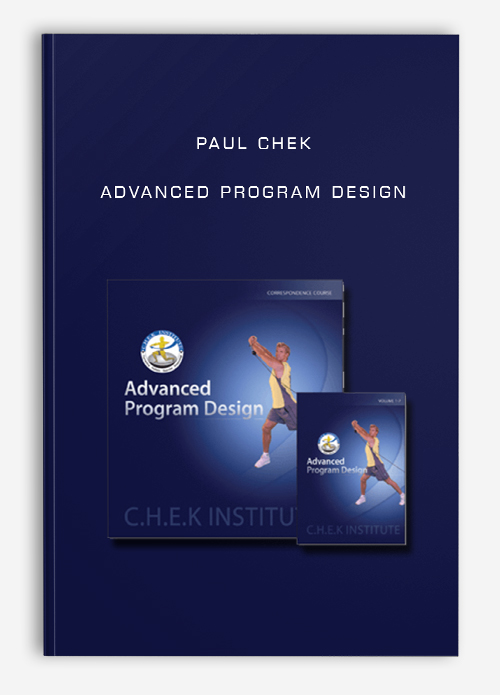

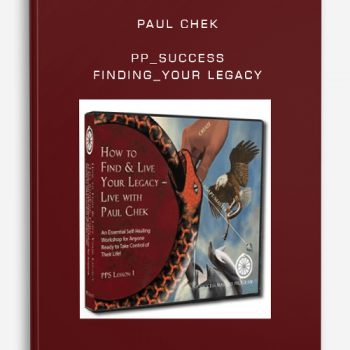

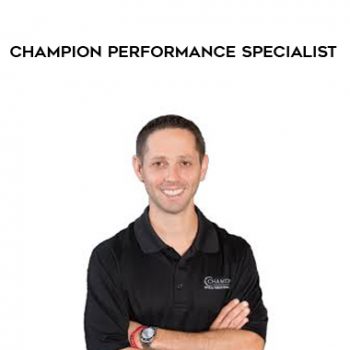


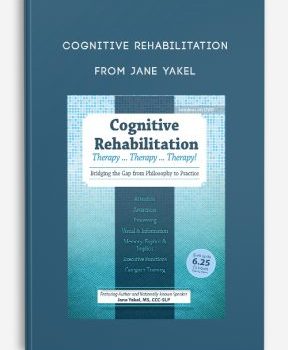
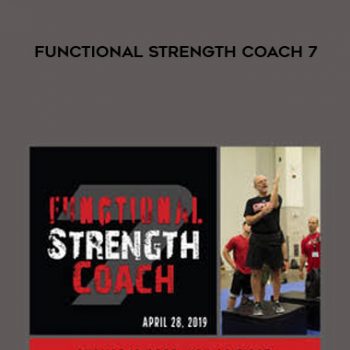

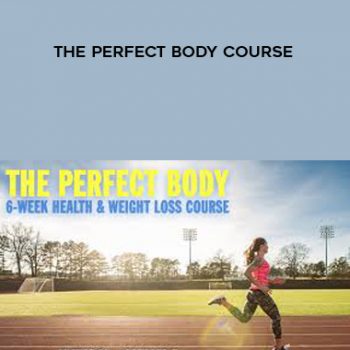
tristian –
This is Digital Download service, the course is available at Coursecui.com and Email download delivery.